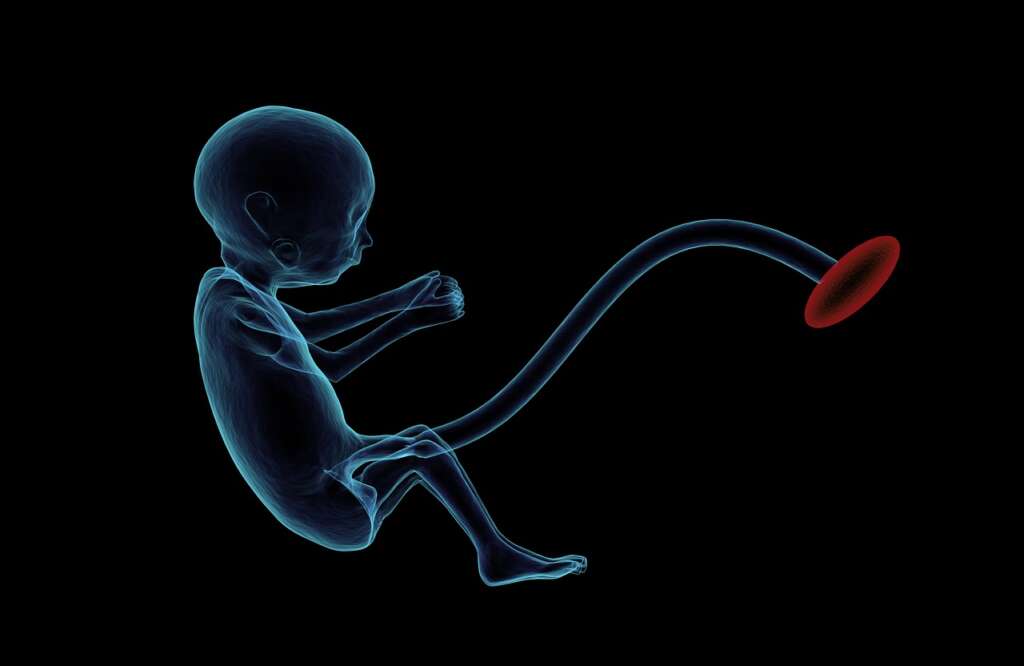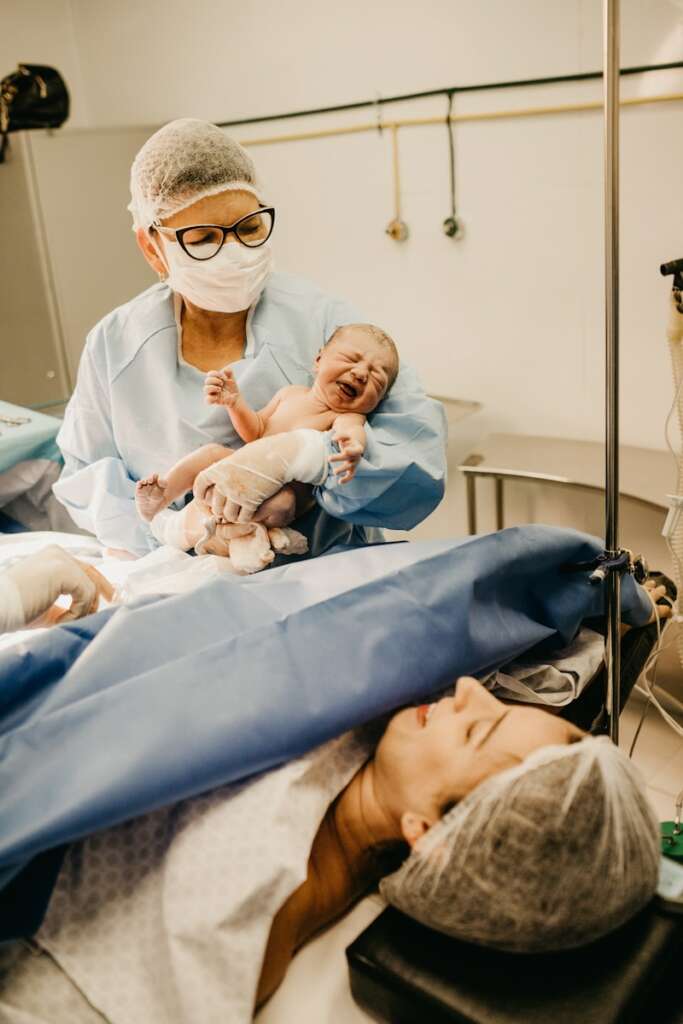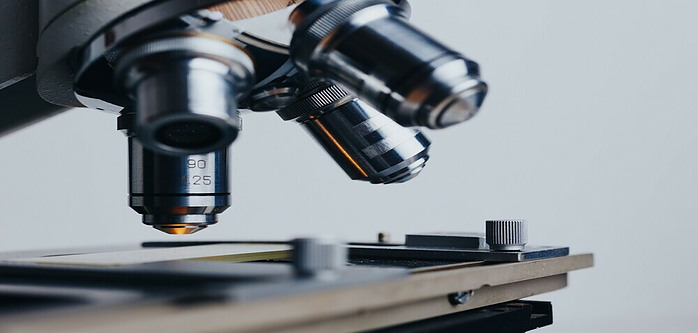
The placenta has attracted immense attention through the ages especially as it relates to issues of fertility and reproduction . Then, the placental care after birth is a discussion on a new scale.
Currently the placenta continues to be an object of intense interest to both the scientific world due to its evolving capabilities in the field of medicine and therapeutics and its cultural and spiritual significance to different cultures of the world which has placed varying levels of significance to the placenta and continues to treat it with different levels of reverence according to the culture or the environment where the birth occurs.
Taking care of the placenta after birth is an issue that has both health, scientific, cultural and spiritual significance that needs to be addressed with the utmost care for the health and spiritual well-being of both mother, newborn and the general public.
Care at delivery

Taking care of the placenta after birth is a subject that is often overlooked by both the caregivers as attention is diverted to the new baby and the new born mother as the euphoria of a safe delivery and joy of motherhood overwhelms her but care of the placenta at delivery is an issue that should be addressed correctly as it has both health, cultural and spiritual significance for both the public and the mother and child.
The placenta and umbilical cord and membranes are collectively called the afterbirth and have served their purpose of nourishment access to the baby in utero and should be disposed properly not just for hygienic purposes but to also cater for the cultural and spiritual health of the mother and newborn.
For the attendant at delivery after severing the cord from the baby and delivering the placenta and membranes completely from the uterus, the patient is cleaned up , the placenta and the membranes are then inspected to ensure that it is delivered complete and that no membrane or placental tissue is still within the uterus to prevent postpartum haemorrhage. The placenta is then weighed after placing it on a receptacle that is watertight to prevent blood from leaking out. It is then transfered to a disposal pouch or satchel.
The next step on handling of the placenta depends on the prevailing practices in the cultural environment the delivery was conducted. This should not be assumed and the accoucher needs to consult the family on the next step to follow in the disposal of the placenta as a wrong step here could be disastrous with varrying implications for the attendant and the health facility.
Placenta and hygienic disposal
There are different methods of taking care of the placenta after birth and whatever methods used must conform to healthy disposal to prevent posing a health hazard to the populace. The placenta can be disposed through either:
- Donation for research and educational purposes
- Incineration as it is considered a medical waste or biohazard material.
- Given to the family for burial or other ceremonies attached to their belief systems
The Cultural and spiritual significance of the placenta

Different cultures have special significance they accord the placenta as it is seen as a portal through which life was given and hence must be handled well for the preservation of that life and it’s wellbeing in the journey through life. . For this reason different cultural practices and rituals are associated with the disposal of the placenta.
In the Igbo culture in Eastern Nigeria, the placenta is buried with the membranes in the family land as a sign of return of that soul from the family it was begotten and to confer protection over the child as it is believed that if a stranger gets hold of the placenta he can manipulate the child’s CHI so it is buried in a place where strangers cannot get access to it. For Ndi Igbo in foreign lands they are encouraged to bury the placenta in their personal property or that of a trusted friend if they don’t have one.
In some balinese cultures, the placenta is viewed as the child’s guardian angel and improper handling of the placenta will bring bad omen to the child and mother hence the placenta is enclosed in a coconut shell and hung on a tree in the village graveyard.
In both the Japanese and Chinese cultures, the placenta burial ceremony is undertaken as it confers protective powers over the child and to guard its future
The Aymara people in Peru burn the placenta and keep the ashes for use as medicine as they place significant trust in the value of the placenta in enhancing fertility.
Current medical uses of the placenta

The placenta and recently the umbilical cord blood has garnered immense interest in the medical and scientific community as a human tissue of great importance and significance.
The placenta can be donated for scientific research and for educational purposes to medical centers and this is one method of placental disposal . The placental study is of importance in the study of pregnancy and reproduction, cancer and genetic studies , stem cell research and immunology and tissue engineering and recently banked cord blood have found several uses in either transplantation or to treat several disorders of blood like sickle cell disease, Leukaemia, Hodgkin’s lymphoma and thalassemia via stem cell research.
Cosmetics industry and placenta

In the cosmetics industry, placental extract have been promoted as being regenerative and used in collagen formation creams and also promoted that they reduce wrinkles and soften the skin and brighten the complexion . It is also used in different preparation to treat acne and other skin conditions where the hormones and proteins in placenta are claimed to have beneficial effects.
In some traditional medicine practices, placenta has also found value as a wound healing and tissue repair agent.
Conclusion
The placenta is an enigmatic organ and has held special attention and interest of differing societies over the centuries because of the special place it occupies in the birthing of life as without it the baby can’t exist in utero and if it functions suboptimally the pregnancy becomes problematic for both the mother and child with consequent pregnancy complications and in fact you need a healthy functioning placenta for a successful pregnancy.
It’s care following delivery is equally important as it could be a harbinger of illness if improperly handled and disposed and this has both health, cultural and spiritual significance for the newborn, the mother and the community.
The disposal method used in dealing with the placenta must meet standard health requirements while addressing the spiritual, cultural and religious needs of the community where the birth took place for the complete well-being of the community and the newborn.
Dr mawa
This blog offers an insightful look into the cultural, spiritual, and medical significance of the placenta across different societies. Your detailed descriptions of practices in Igbo and Balinese cultures, as well as the placenta’s emerging role in medical research and the cosmetics industry, are particularly enlightening. It’s fascinating to see such a blend of tradition and science in the handling of the placenta. Great read!